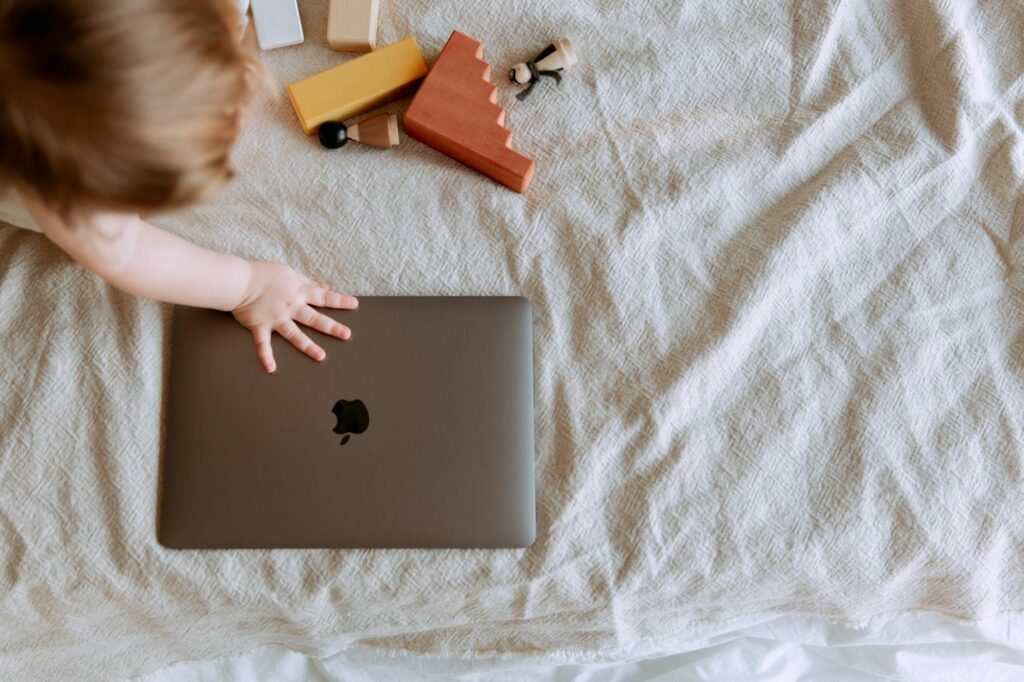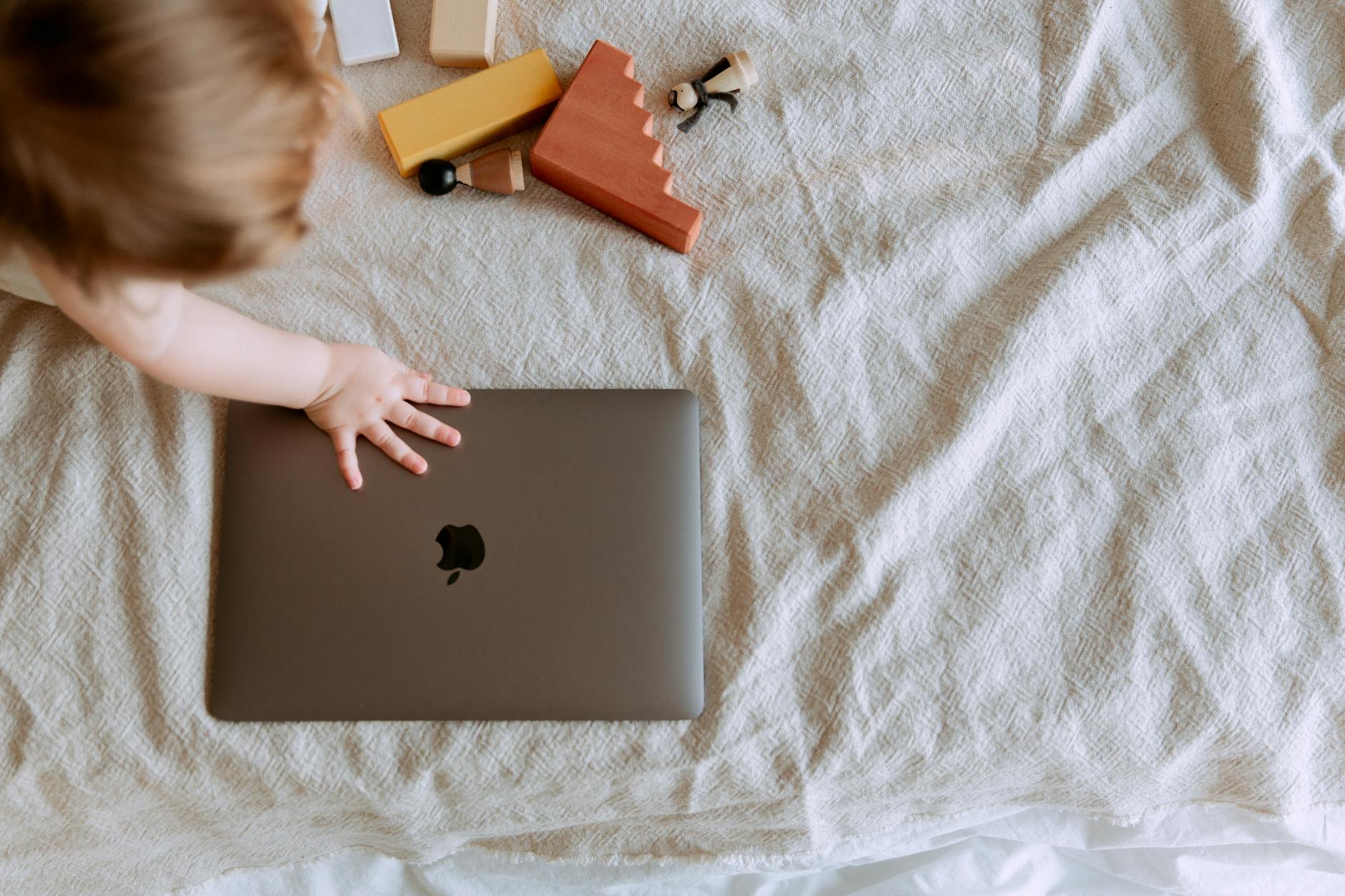What is sensory modalities?

What is sensory modalities?
Understanding how we perceive the world around us is fascinating. At the core of this perception are sensory modalities—the various ways we experience our environment. These modalities play a crucial role in how we learn, interact, and respond to stimuli. Exploring sensory modalities helps us appreciate their significance in everyday life.
Understanding Sensory Modalities
Sensory modalities refer to the specific systems within our body that allow us to receive and interpret sensory information. These modalities provide us with essential insights into our surroundings, influencing our actions and decisions.
Definition of Sensory Modalities
In simple terms, sensory modalities are the different ways in which we perceive stimuli from the environment through our senses. Each modality corresponds to a specific sense, allowing us to receive and process information effectively. For example, when you touch something hot, your tactile and thermal modalities work together to alert you to potential danger.
Types of Sensory Modalities
There are five primary types of sensory modalities:
-
Visual Modality: This is our ability to perceive light and color through our eyes. Vision is one of the most powerful senses, shaping our understanding of the world.
-
Auditory Modality: This modality pertains to our sense of hearing. It allows us to interpret sounds, tones, and volumes, which is essential for communication.
-
Tactile Modality: This involves our sense of touch and includes sensations such as pressure, temperature, and pain. Tactile feedback is crucial for physical interactions.
-
Olfactory Modality: Our sense of smell helps us recognize different scents. This modality is closely linked to memory and emotions, making it a powerful trigger for recollection.
-
Gustatory Modality: This modality involves our sense of taste. It allows us to experience flavors through our taste buds, influencing our food choices and preferences.
Understanding these modalities helps us appreciate how our brain processes various types of sensory information. For a deeper dive, you can explore more about sensory modalities.

Photo by Tatiana Syrikova
The Role of Sensory Modalities in Learning
Sensory modalities are not just about perception; they are also vital for learning. Our ability to grasp new concepts and retain information is significantly affected by how we engage multiple senses.
Multi-Sensory Learning Approaches
Multi-sensory learning incorporates various sensory modalities to enhance educational experiences. When learners engage more than one sense, they often find it easier to understand and remember information. For instance, using visual aids alongside verbal instructions can improve comprehension.
Research indicates that students who engage in multisensory instruction tend to perform better academically. This approach harnesses the brain’s natural inclination to learn through diverse channels. Techniques such as those highlighted in multisensory instruction can be incredibly effective.
Sensory Modalities and Memory Retention
Memory retention is closely linked to sensory experiences. Sensory modalities help encode information in our brain, making it easier to recall later. For example, the smell of freshly baked cookies might remind you of a loved one’s kitchen, demonstrating how olfactory senses can trigger vivid memories.
The synergistic effect of combining sensory inputs—like visual cues and tactile experiences—can lead to a more profound understanding and longer retention of knowledge. By aligning learning strategies with how we naturally process sensory information, we can significantly boost memory retention.
Applications of Sensory Modalities in Daily Life
Sensory modalities are not confined to the classroom; they permeate various aspects of our daily lives. From education to marketing and personal development, understanding these modalities can enhance our experiences.
In Education and Training
Educators can utilize sensory modalities to create richer learning environments. For instance, incorporating hands-on activities allows students to engage with materials physically. This engagement can foster deeper understanding and retention. Techniques such as those discussed in multisensory learning are great examples of how this approach can transform teaching methods.
In Marketing and Advertising
Businesses leverage sensory modalities to influence consumer behavior. Marketers often create advertisements that appeal to multiple senses. For example, using vibrant visuals and catchy soundtracks can make an ad more memorable. Studies show that sensory experiences can significantly impact purchasing decisions, making understanding sensory modalities essential for effective marketing strategies. For further insights, explore how learning styles impact marketing.
In Personal Development
You can also apply sensory modalities to enhance your productivity and personal growth. Simple strategies could involve creating a comfortable study environment with pleasant scents or using background music that promotes focus. When you understand your sensory preferences, you can tailor your environment to boost efficiency and creativity.
Conclusion and Next Steps
In closing, understanding sensory modalities is crucial for enhancing our perception and learning processes. By recognizing how we engage with the world through our senses, we can improve our learning, memory retention, and even personal and professional growth.
Take a moment to reflect on your sensory preferences. What modalities do you find most engaging? How can you incorporate more sensory experiences into your daily life? Embracing these insights can lead to enriching experiences and better outcomes in your personal and professional endeavors.